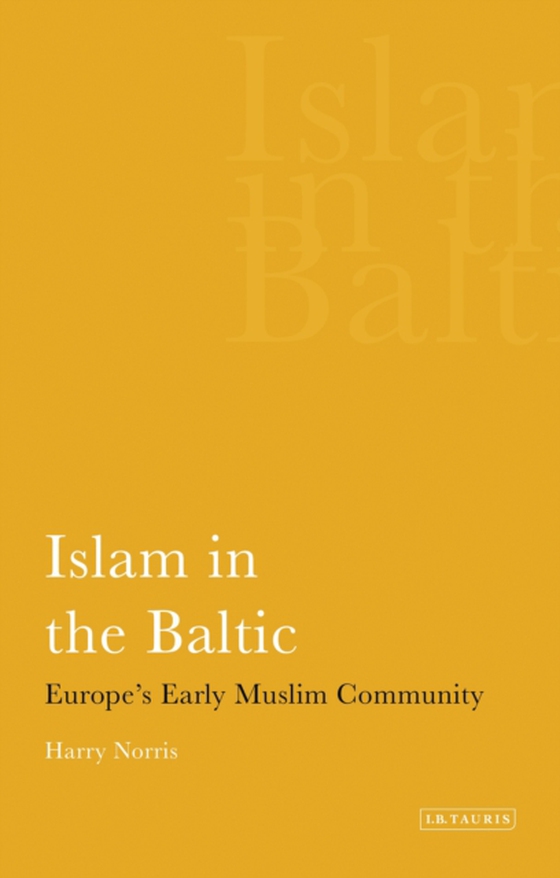
Islam in the Baltic e-bog
238,03 DKK
(inkl. moms 297,54 DKK)
TAS - please do not use this blurb in its raw form????? Arriving in Europe in the 14th Century, the Qipch?q Tatars are the longest surviving Muslim people in Europe. They form the historical core of the Muslim community in the Baltic States, Belarus and Poland where the Muslim communities in these countries are small compared with those in other parts of the European Union and in Russia. Here H...
E-bog
238,03 DKK
Forlag
I.B. Tauris
Udgivet
30 marts 2009
Længde
240 sider
Genrer
1DV
Sprog
English
Format
pdf
Beskyttelse
LCP
ISBN
9780857713797
TAS - please do not use this blurb in its raw form????? Arriving in Europe in the 14th Century, the Qipch?q Tatars are the longest surviving Muslim people in Europe. They form the historical core of the Muslim community in the Baltic States, Belarus and Poland where the Muslim communities in these countries are small compared with those in other parts of the European Union and in Russia. Here Harry Norris investigates the earliest contacts between the Baltic peoples and the World of Islam in the Middle East. He surveys their history, their Islamic beliefs, their culture, their literature and their life in New Europe today. He draws contrasts and similarities between other Muslim communities in Europe, including the diverse Muslim groups in the Nordic countries that border the Baltic Sea; Finland, Sweden and Denmark. This book is of vital interest to those studying the rich cultural heritage of minority groups of European Muslims and their position in Europe today.It examines the trade routes of the Vikings and the early Slavs and Balts who had commercial relations with Arab merchants and where the currency of the Caliphate is evidence for the trade in amber, furs and Middle Eastern silks and other luxury goods. The Tatars and the Jewish Qipch?qs arrived in these countries during the 14th century. They were brought here by the Grand Duke of Lithuania, Duke Vytautas (Witold)(1396-1430). During the Jagellon dynasty and centuries later the settlement of these Muslim Tatars was to continue. They became farmers and soldiers and they rose to a high status in the royal estates of Poland. Despite this assimilation, they resolutely retained their Muslim identity. For centuries these Tatar communities, in size, were second only to the large Jewish communities in this part of Europe. But from the 19th century, amidst wars, partition and genocide their numbers declined. During the age of the Soviet Union other Muslim communities have come to settle in these lands and they now threaten to outnumber the Tatars who have lived there for centuries.This book describes the Tatars and these other Muslims. It surveys their history, their Islamic beliefs, their culture, their literature and their life in New Europe today. There are, of course, other Muslim communities, larger in number and more diverse, in Nordic countries that border the Baltic Sea; Finland, Sweden and Denmark. These are also discussed in the contents of this book revealing contrasts and similarities and past contacts between the Tatars and the Muslims of Scandinavia.This is the first book in English on this subject where sources of information elsewhere are in Polish. Russian, Byelorussian, and Lithuanian. Its author has travelled extensively in the region supported by grants and exchange agreements of the British Academy. This book contains a Glossary and an extensive Bibliography. Its content will be of interest to those whose studies are in the fields of Eastern European culture and history, Religious Studies, Islam in Europe, and the kindred Muslim communities that are to be found in Russia and in Central Asia, today.
 Dansk
Dansk

